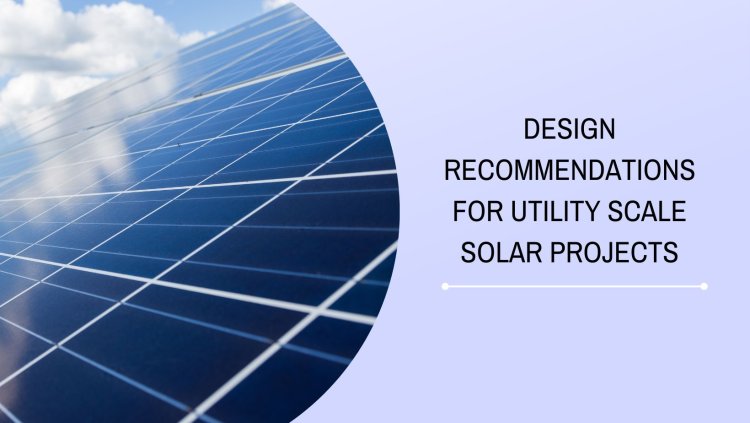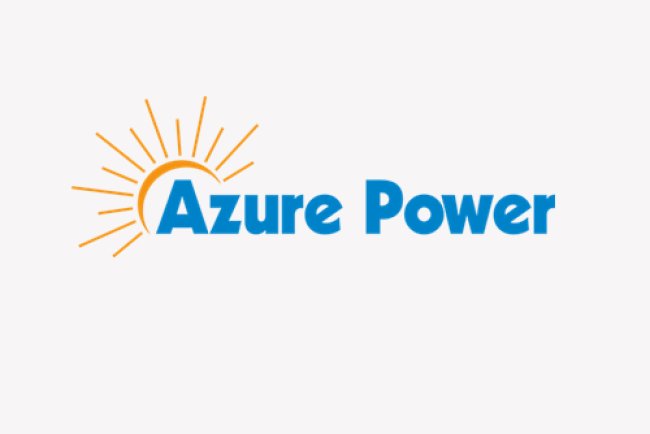Design Recommendations for Utility Scale Solar Projects
Discover essential design recommendations for utility scale solar projects. Learn about optimal site selection, efficient land use, grid integration, and more to ensure the success of your utility scale renewable energy project. Unlock the full potential of solar power with these expert insights.

Utility scale solar projects are becoming increasingly vital in the transition towards renewable energy sources. These large-scale installations harness solar power to generate electricity on a grand scale, providing a clean and sustainable alternative to fossil fuels. Designing an efficient and effective utility scale renewable energy project requires careful planning and consideration of several key factors. Here are some design recommendations to ensure the success of your utility scale solar installation.
1. Site Selection and Assessment
Selecting the right site is crucial for the success of a utility scale solar project. The site should receive ample sunlight throughout the year, have minimal shading, and possess the appropriate topography. Conducting a thorough site assessment, including solar irradiance studies, land use analysis, and environmental impact assessments, is essential to ensure the feasibility and sustainability of the project.
2. Optimal Orientation and Tilt
The orientation and tilt of solar panels significantly impact their efficiency in capturing solar energy. For utility scale solar installations, panels should ideally be oriented towards the equator (south-facing in the Northern Hemisphere and north-facing in the Southern Hemisphere). The tilt angle should be optimized based on the latitude of the location to maximize annual energy production. Tracking systems, which adjust the angle of the panels throughout the day, can further enhance energy yield.
3. Efficient Land Use
Utility scale renewable energy projects require extensive land. Efficient land use planning involves strategically placing solar panels to maximize space while maintaining accessibility for maintenance and minimizing land disturbance. Utilizing dual-use approaches, such as agrivoltaics (combining agriculture and solar power), can optimize land use and provide additional benefits.
4. Grid Integration and Energy Storage
Seamless integration with the power grid is essential for utility scale solar projects. Ensuring that the infrastructure can handle the generated power and accommodate fluctuations is critical. Incorporating energy storage solutions, such as batteries, can help balance supply and demand, store excess energy, and provide a reliable power supply during periods of low sunlight.
5. Advanced Monitoring and Control Systems
Implementing advanced monitoring and control systems allows for real-time performance tracking and efficient management of the solar power plant. These systems can detect issues, optimize energy production, and facilitate maintenance by providing valuable data on the performance of individual panels and the overall system.
6. Robust Financial Planning
Utility scale solar projects involve significant upfront investment. Robust financial planning, including securing funding, assessing return on investment, and understanding the long-term economic benefits, is crucial. Incentives, subsidies, and favorable policies can also play a significant role in the financial viability of the project.
7. Environmental and Social Considerations
Balancing environmental and social considerations is vital for the sustainability of utility scale renewable energy projects. Conducting environmental impact assessments, engaging with local communities, and ensuring that the project aligns with environmental regulations and social responsibilities can lead to smoother project execution and long-term acceptance.
Conclusion
Designing a successful utility scale solar project involves a comprehensive approach that considers site selection, optimal panel orientation, efficient land use, grid integration, advanced monitoring, robust financial planning, and environmental and social impacts. By adhering to these design recommendations, developers can create efficient, sustainable, and economically viable solar power installations that contribute significantly to the renewable energy landscape.
What's Your Reaction?

































